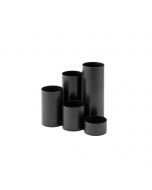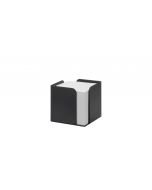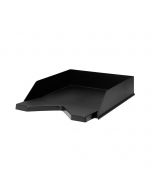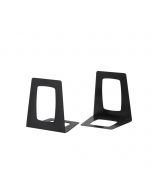We use cookies to make your experience better. To comply with the new e-Privacy directive, we need to ask for your consent to set the cookies.
Injection moulding - from raw material grain to perfect end product!
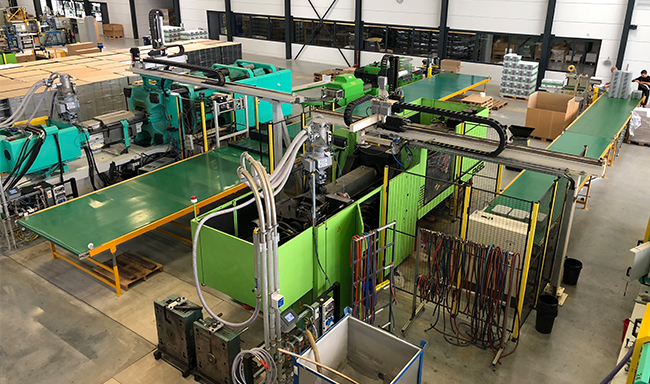
Injection moulding is one of the most commonly used design techniques for plastic parts! Due to the reproducibility of the process, injection moulding is mainly used for larger quantities. In injection moulding, plastic is melted into a plastic mass and injected under high pressure into a mould, the cavity of which has the shape of the desired product. The product is then cooled, the plastic solidifies and the product is ready. At Jalema, many products are made in this way. But how does that work exactly in the Injection Moulding factory of Jalema? That is explained in this blog!
1. Choose your raw material
The plastic for the injection moulding process is usually delivered as granulate. They are 'thermoplastics'. This means that it is a plastic that softens when heated. This is in contrast to 'thermosets', which are materials that remain hard when heated. In the injection moulding process it is necessary to use a raw material that softens at high temperatures, because only then the plastic can be pressed into another form. As soon as the plastic cools down, it retains its new shape. Because this plastic can be remelted for a 'new' product, it is a recyclable raw material.
2. The injection moulding process
Now that the raw material has been chosen, the process starts. Through a suction hose, the granulate is removed from a silo or other storage and transported to the injection moulding machine. Before the machine can get to work, the machine is adjusted again. Among other things, the pressure, the speed and the temperature are adjusted for each product. It is like a puzzle that is recorded in a 'spray profile'. Now that the machine is ready for the actual production of the products, the granulate is placed in a cylinder and pushed forward by a screw. The friction creates heat. Supported by extra heat elements, the plastic melts. A screw (extruder) then pushes the plastic mass through a small injection opening. The plastic then ends up in a much colder mould, where it is kept under pressure for some time. This is done so that the plastic can cool down in the mould. The mould contains the desired shape that the end product should get. After the plastic has solidified, the cooled product can be removed from the mould.
3. Quality control
Jalema finds it important to keep the quality high for the customer. That is why products are checked frequently. The injection moulding process requires good monitoring of both weight and dimensions. The products are then assembled, packed and ready for shipment to the customer!
Are you curious about the products that are made in the Injection Moulding Factory of Jalema? Click here for the Re-Solution series, a series that is made out of 100% recycled material!

